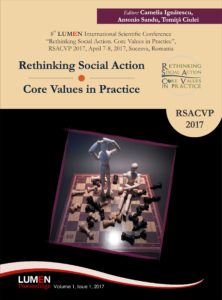Teaching in Architecture Studios: Poetic Simplicity
Teaching in Architecture Studios: Poetic Simplicity
Author(s): Letiţia Bărbuică
Subject(s): Essay|Book Review |Scientific Life
Published by: Editura Lumen, Asociatia Lumen
Keywords: John Pawson; SANAA; simplicity; geometry; wabi-sabi; architecture studio workshop.
Summary/Abstract: John Pawson and SANAA (Kazuyo Sejima and Ryue Nizhizawa) share the same interest in simplicity. For SANAA, the concern for simplicity forms part of their cultural background while for Pawson it was acquired through a trip to Japan in his youth. Investigating their work, and how they approach architectural design, enables us to understand how simplicity can create a form of poetry within real world architecture. Pawson works with a Japanese notion – shibui – meaning to know when to stop, and with “pure geometry...another quality that seems to make simplicity more likely.”[1] SANAA, on the other hand, base their approach on Japanese culture and the concept of wabi – subdue austere beauty [2] - and on the beauty of imperfection which they find in the geometry of nature. The chaotic nature of the outside world needs to draw on abstract expressions such as these to achieve balance, an equilibrium both Pawson and SANAA are (re)searching for. What is the result of applying shibui and wabi-sabi to the architectural process? What can we learn by applying these concepts in this way? How can these concepts be used to teach architecture? Drawing on these two Japanese concepts a number of teaching suggestions will be proposed; these will be aimed at enabling students to investigate and explore differing approaches within the confines of the architectural studio.
Book: Rethinking Social Action. Core Values in Practice
- Page Range: 75-91
- Page Count: 17
- Publication Year: 2017
- Language: English
- Content File-PDF

